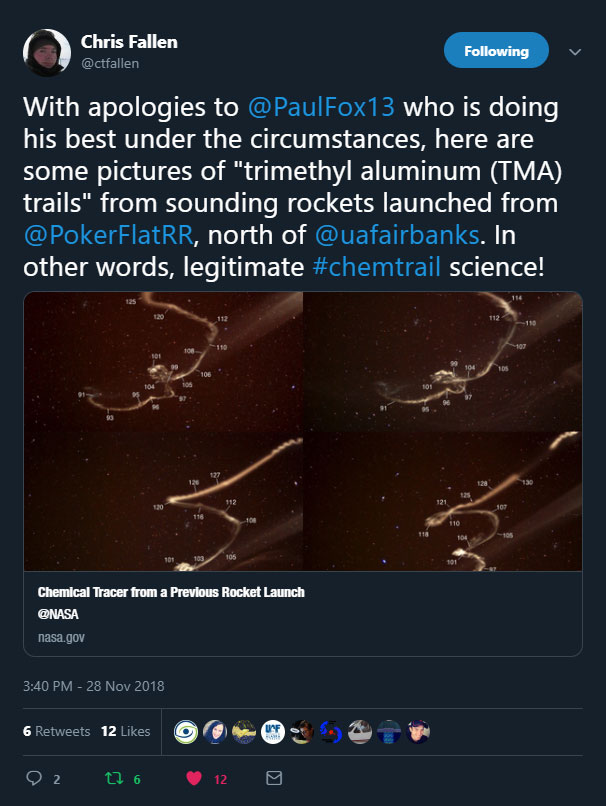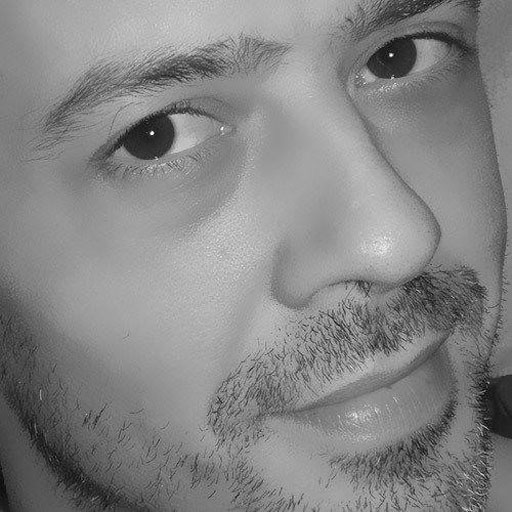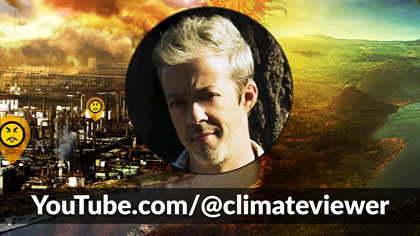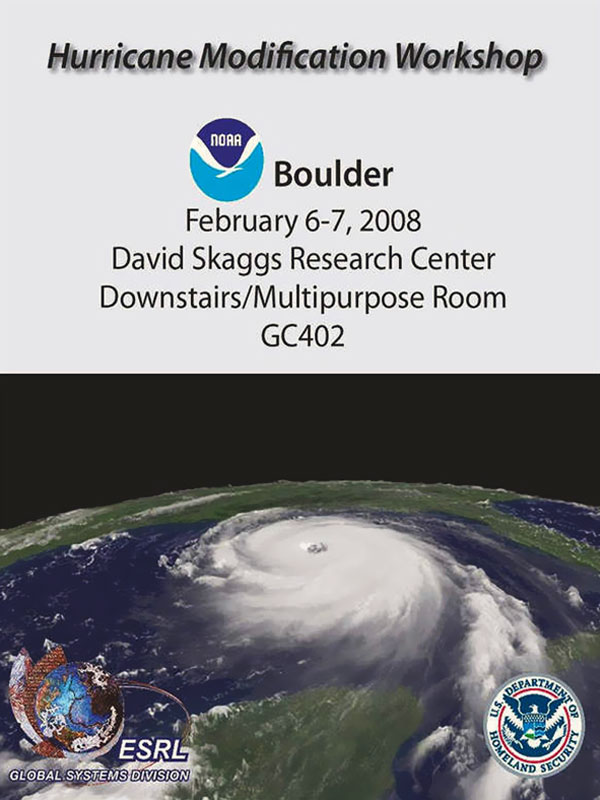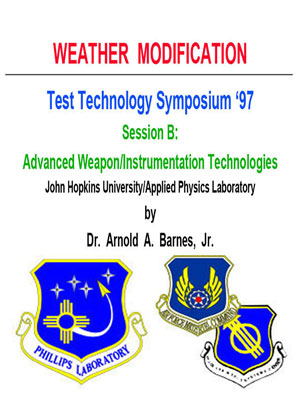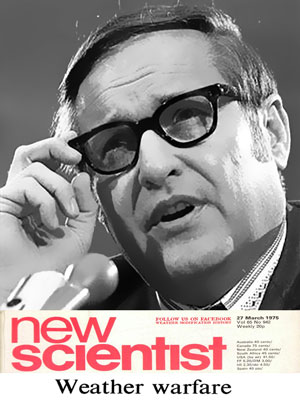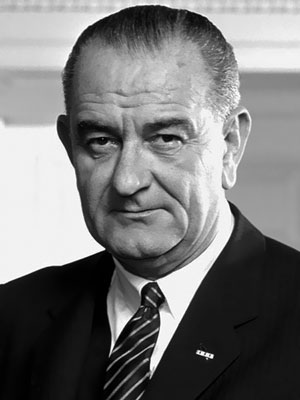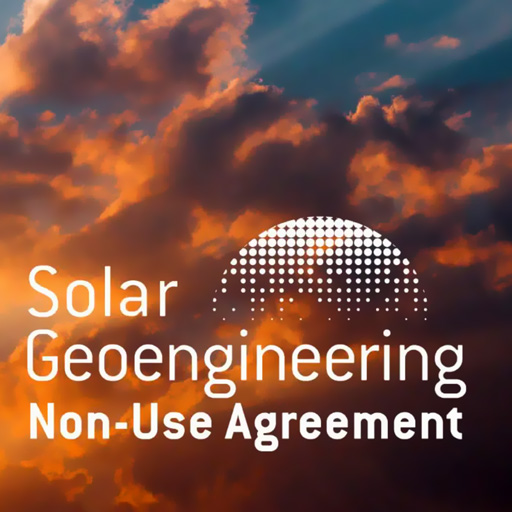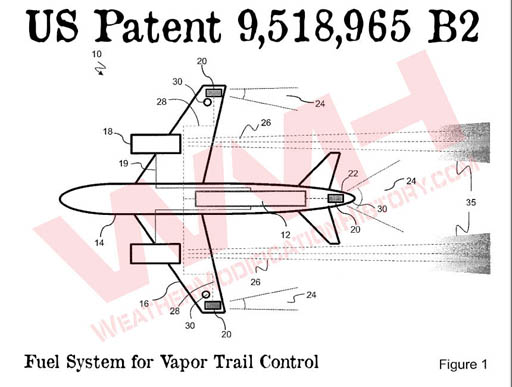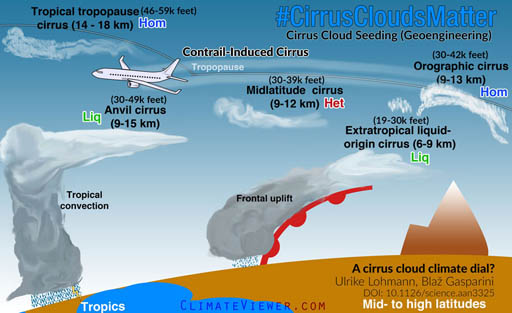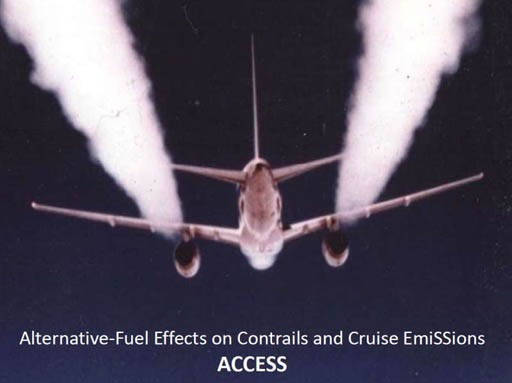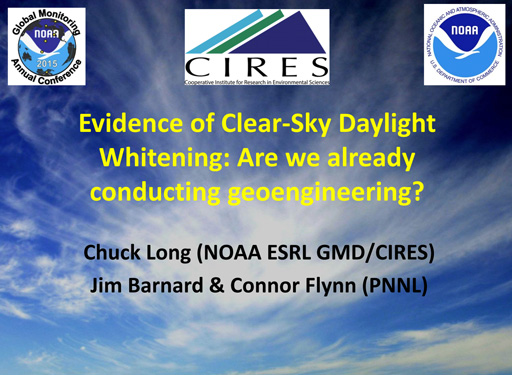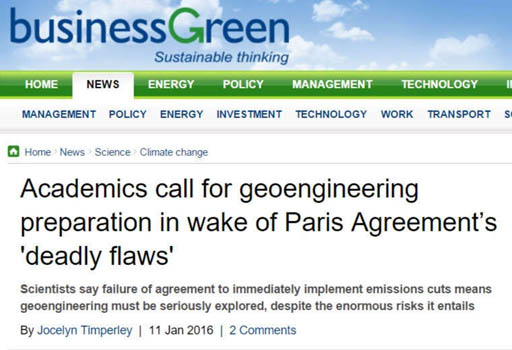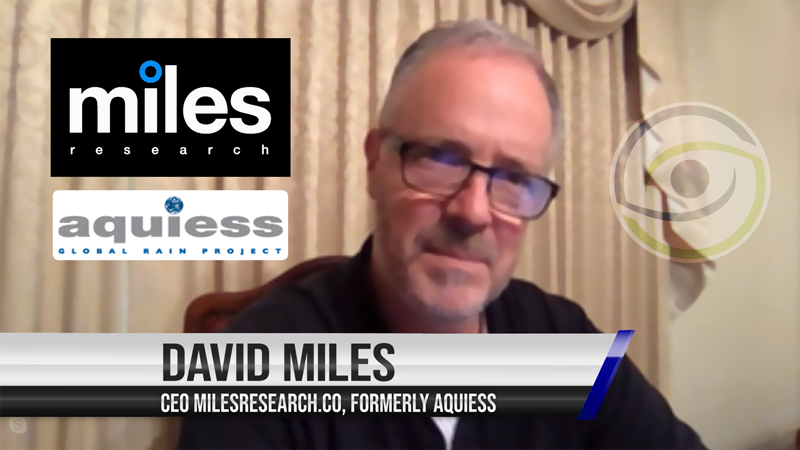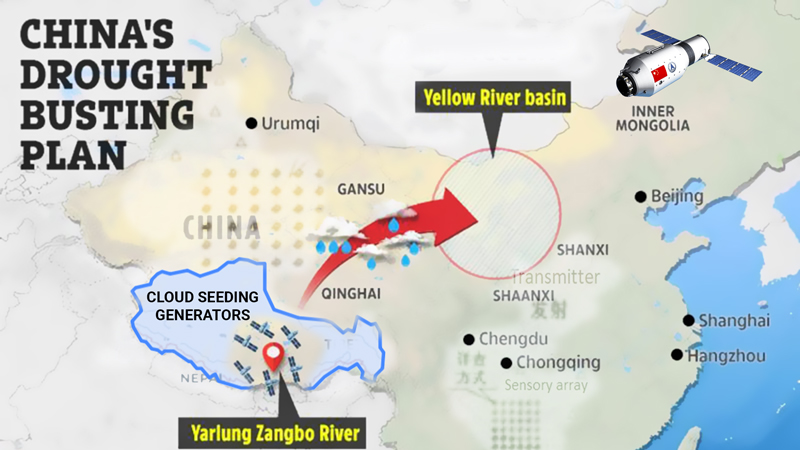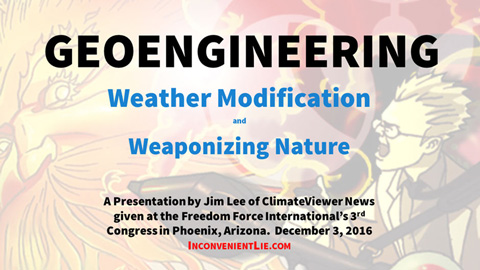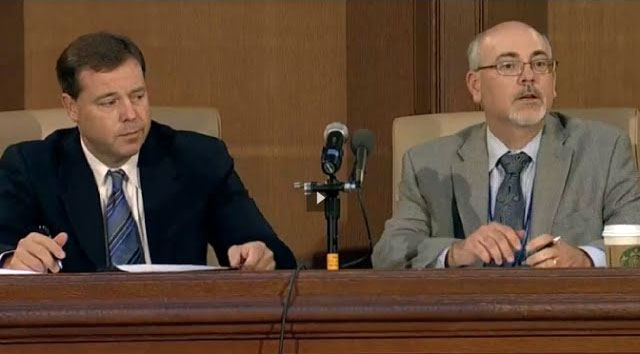Articles on Sounding Rockets on ClimateViewer News
https://climateviewer.com/tags/sounding-rocket/
Timeline Entries on Sounding Rockets on Weather Modification History
https://climateviewer.com/tags/upper-atmospheric-chemical-release/
Project AZURE
ROCKETS DUMP CHEMICALS INTO NORTHERN LIGHTS - SpaceWeather.com
Friday night (April 5th) in Norway, researchers at the Andøya Space Center launched two sounding rockets into a minor geomagnetic storm. The results were out of this world. Aurora tour guide Kim Hartviksen photographed glowing blobs of blue and purple caused by the rockets dumping chemical powders into the storm:
"Residents for hundreds of miles were taken by surprise by these strange lights, which prompted calls to the police and 'The aliens are coming!' hysteria!" says Chris Nation who runs the Aurora Addicts guiding service.
When the night began, Nation, Hartviksen, and their clients were treated to a display of auroras, ignited by a stream of solar wind buffeting Earth's magnetic field. "As the auroras started to ebb away, our friends at Andøya launched their rockets into the fading lights," says Nation. "The show began anew as the rockets released their payload into the upper atmosphere."
An automated webcam operated by Chad Blakely of Lights over Lapland in Abisko, Sweden, caught the first puffs of powder emerging from the rockets. "It looked like an invasion of UFOs," says Blakley.
"Soon the glowing blobs evolved into more complicated structures--like two giant squid dancing in the northern sky with an impressive aurora display as its backdrop," decribes Blakley. "Our webcam has been taking a picture every five minutes for nearly 10 years. These images are by far the most exciting I've ever seen it record."
The name of the sounding rocket mission is AZURE--short for Auroral Zone Upwelling Rocket Experiment. Its goal is to measure winds and currents in the ionosphere, a electrically-charged layer of the Earth's atmosphere where auroras appear. Specifically, the researchers are interested in discovering how auroral energy might percolate down toward Earth to influence the lower atmosphere.
The twin rockets deployed two chemical tracers: trimethyl aluminum (TMA) and a barium/strontium mixture. These mixtures create colorful clouds that allow researchers to visually track the flow of neutral and charged particles, respectively. According to NASA, which funded the mission, the chemicals pose no hazard to residents in the region. Aurora alerts: SMS text, email.
Update - a movie! "Here is my realtime video of the surprise rocket launch last night from NASA/ASC," reports Ole Salomonsen of Tromsø, Norway. "I was shocked when I saw this in the night sky facing north, I was not aware of the launch.

Andøya Space Center - Sounding Rocket Launch Site
Sounding Rocket Mission Will Trace Auroral Winds
https://www.nasa.gov/feature/goddard/2018/sounding-rocket-mission-will-trace-auroral-winds
From the ground, the dance of the northern lights, or aurora borealis, can look peaceful. But those shimmering sheets of colored lights are the product of violent collisions between Earth’s atmosphere and particles from the Sun.
The beautiful lights are just the visible product of these collisions — the kinetic and thermal energy released, invisible to the naked eye, are no less important. Understanding the contribution that aurora make to the total amount of energy that enters and leaves Earth’s geospace system — referred to as auroral forcing — is one of the major goals of the NASA-funded Auroral Zone Upwelling Rocket Experiment, or AZURE. The more we learn about auroras, the more we understand about the fundamental processes that drive near-Earth space — a region that is increasingly part of the human domain, home not only to astronauts but also communications and GPS signals that can affect those of us on the ground on a daily basis.
AZURE is the first of eight sounding rocket missions launching over the next two years as part of an international collaboration of scientists known as The Grand Challenge Initiative – Cusp. These missions will launch from the Andøya and Svalbard rocket ranges in Norway to study the processes occurring inside the Earth’s polar cusp — where the planet’s magnetic field lines bend down into the atmosphere and allow particles from space to intermingle with those of Earthly origin — and nearby auroral oval, which AZURE will focus on.
AZURE will study the flow of particles in the ionosphere, the electrically charged layer of the atmosphere that acts as Earth’s interface to space, focusing specifically on the E and F regions. The E region — so-named by early radio pioneers that discovered the region was electrically charged, and so could reflect radio waves — lies between 56 to 93 miles above Earth’s surface. The F region resides just above it, between 93 to 310 miles altitude.
Science on the Cusp: Sounding Rockets Head North
https://www.nasa.gov/feature/goddard/2018/science-on-the-cusp-sounding-rockets-head-north
NASA Sounding Rocket Homepage
https://www.nasa.gov/mission_pages/sounding-rockets/index.html
Grand Challenge Initiative 2017-2020
https://www.andoyaspace.no/the-grand-challenge-initiative/
The Grand Challenge Initiative (GCI) is a large-scale international collaboration effort targeting advancement in specific, fundamental issues in space and earth science
- JAXA SS-520 (Ny-Ålesund, Svalbard, Jan 2020 ) Ion outflow in the cusp
PI: Yoshifumi Saito, Japan / JAXA - AZURE (2X BB XI) – Andøya, Norway, Apr 2019)
Larsen, 51.001 & 51.002 - TRICE-2 (2x BB XII – Andøya, Norway, Dec 2018)
Kletzing, 52.003/004
NASA mission manager: jay.scott@nasa.gov
Twin Rockets to Investigate Cusp Electrodynamics-2
PI: Craig Kletzing, USA / Univ. of Iowa - VISIONS-2 (2x BB X – Ny-Ålesund, Svalbard, Dec 2018)
Rowland, 35.039/040
NASA mission manager: brittany.e.mckinlay@nasa.gov
VISualizing Ion Outflow via Neutral atom Sensing–2
PI: Douglas Rowland, USA / NASA Goddard - CAPER-2 (BB XII – Andøya, Norway, Jan 2019) Cusp Alfven and Plasma Electrodynamics Rocket-2
PI: James LaBelle, USA / Dartmouth College - ICI-5 (Ny-Ålesund, Svalbard, TBD( JAN 19 or DEC 19 ) )
3D in-situ observations of ionospheric irregularities in the cusp
PI: Jøran Moen, Norway / UiO - C-REX-2 (BB XII – Andøya, Norway, Nov/Dec 2019)
Cusp-Region Experiment 2
PI: Mark Conde, USA / University of Alaska, Fairbanks (UAF) - G-CHASER (Andøya, Norway, Jan 2019)
Grand Challenge Student Rocket (International collaboration)
Koehler, 46.018
NASA mission manager: nathan.k.empson@nasa.gov
PI: Chris Koehler, Colorado Space Grant Consortium
Coordinator: Kolbjørn Blix, Andøya Space Center - CHI(BB IX - Ny-Ålesund, Svalbard, Nov/Dec 2019)
Cusp Heating Investigation
PI: Miguel Larsen, Clemson University, USA
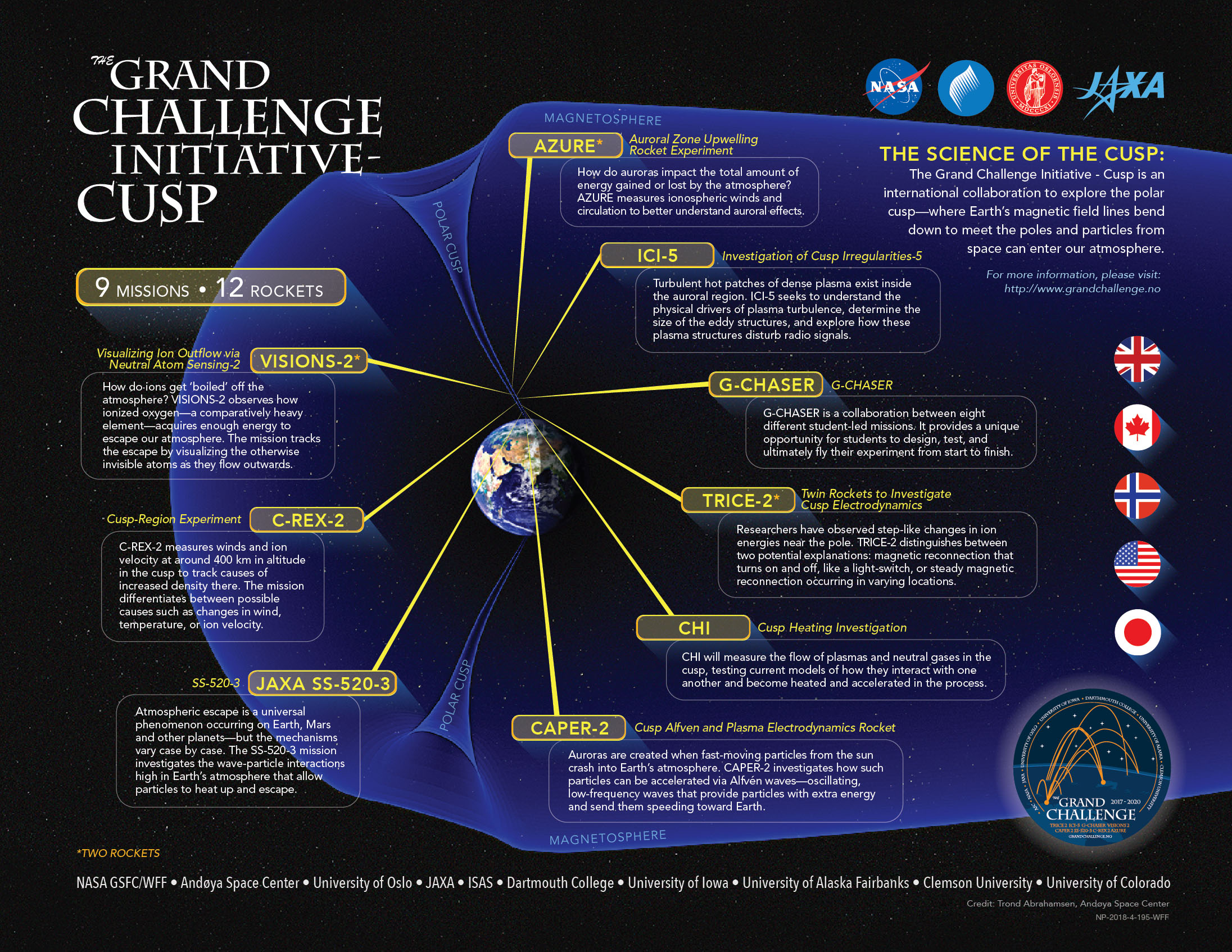
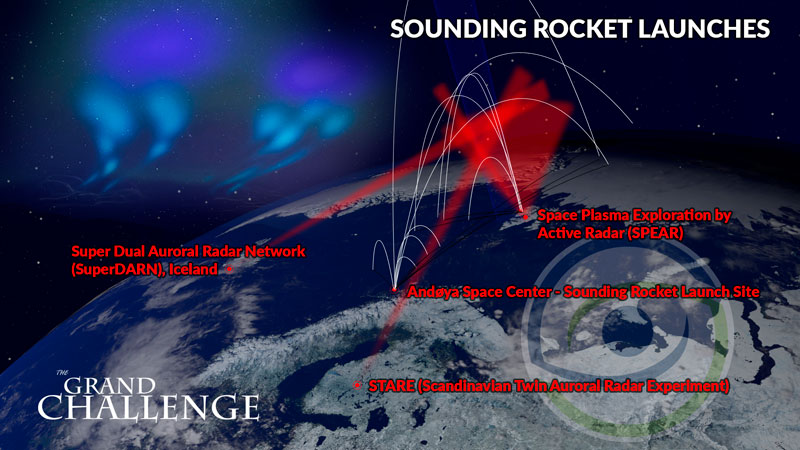
FLUX TRANSFER EVENTS
Strange Portal Connects Earth to Sun
https://www.space.com/6051-strange-portal-connects-earth-sun.html
Magnetic Rope observed for the first time between Saturn and the Sun
Fear, R. C., et al. “How much flux does a flux transfer event transfer?.” Journal of Geophysical Research: Space Physics 122.12 (2017).
https://agupubs.onlinelibrary.wiley.com/doi/full/10.1002/2017JA024730
Southwood, D. J., C. J. Farrugia, and M. A. Saunders. “What are flux transfer events?.” Planetary and Space Science 36.5 (1988): 503-508.
https://www.sciencedirect.com/science/article/pii/0032063388901092


